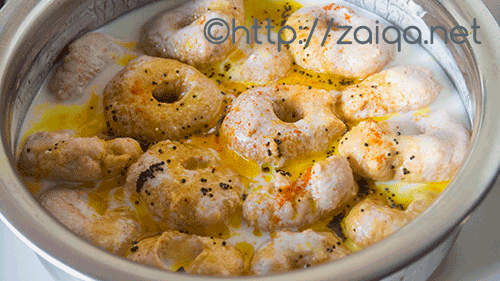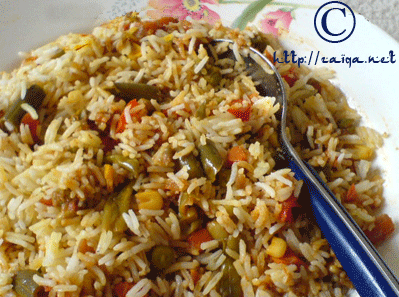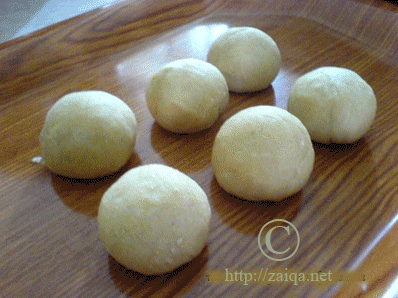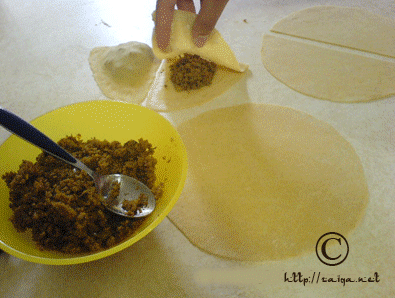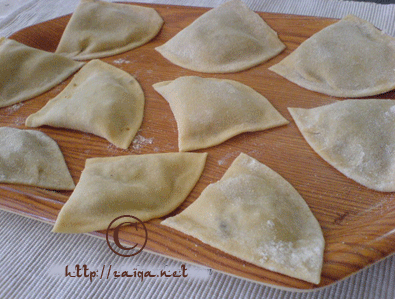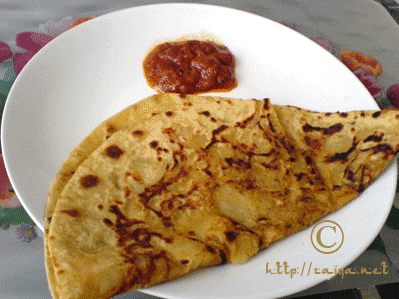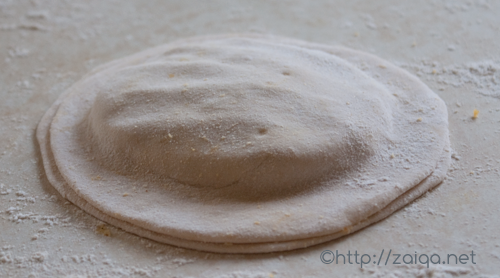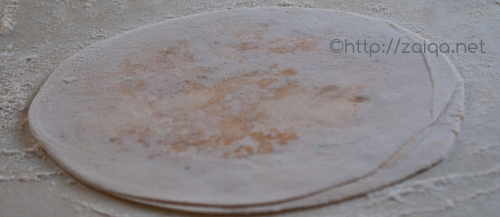Haleem, is a stew or a porridge made by slow cooking the lentils, meat and broken wheat together. It is a nutritous one-dish meal, perfect for a cold weather, or a starving stomach.
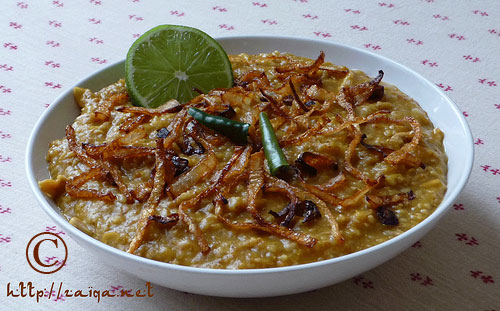
Murgh/Chicken Haleem garnished with fried onion slices, halved lime and sliced green chillies
It is mostly a middle-eastern dish in origins, heavily modified by Hyderabadis to suite their palate and is today one of the most famed dishes of Hyderabad city. It is usually prepared by muslims at Iftaar or dinner in the holy month of Ramadhan. I remember back in India, stalls and shops, especially for the month of Ramadhan would be set up and people would gather in big crowds to have it then and there, or parcel it and take home for everyone at home. The crowds and the stalls, the Pista restaurant famous for Haleem being one such, which would especially be seen in the month of Ramadhan in Hyderabad was a sight to watch, remember and recollect always.
This dish needs some pre-planning and is a little bit time consuming. But you will definitely love it once you try it. It is a balanced, delicious and famous Hyderabadi one dish meal.
I have been trying out many ways of preparing this delicious one dish meal and here is my modified simpler version of the dish. Inshallah I will post my Ammi’s version of Haleem in the future.
Haleem – Slow Cooked Lentils, Wheat and Meat/Vegetables Porridge
Serves: 4-5
Ingredients:
For Nonvegetarian Version-
Lamb/Veal Meat, boneless or with bone – 300 gms, washed and cubed (or) Chicken meat, boneless or with bone – 300 gms washed and cubed (I suggest using meat with bone) (you could also use minced chicken or lamb/veal meat)
For Vegetarian Version-
Fresh/Frozen chopped mixed Vegetables -300gms (you can use chopped vegetables like Cauliflower/PhulGobi, Peas/Matar, Carrots/Gajar, Capsicums/Shimla Mirch, Green Beans/Phalli)
Remaining Ingredients:
Broken Wheat/Bulgar Wheat/Dalia – 1 1/2 cups
Split Bengal Gram/Chana Dal/Chane ki dal – 2 tbsp
Split Yellow Lentils/Masoor dal – 2 tbsp
Split Yellow Lentils/Tuvar dal – 4 tbsp
Salt – to taste
Turmeric/Haldi – 1/2 tsp
Canola oil – 6 tbsp
Onions – 4, large, finely sliced
Ginger-Garlic paste – 4 tbsp
Red chilli powder – 1 tsp
Coriander seeds – 2 tsp, dry roasted and powdered
Cumin seeds – 2 tsp, dry roasted and powdered
Garam masala – 1 tsp
For Garnish:
Mint leaves/Pudina – chopped, for garnish
Cilantro/Kothmir – chopped, for garnish
Green chillies/Hari Mirch – 4, finely chopped or slit
Fried Onion/Pyaz – 1 cup
Juicy Lemon/Lime – 4, halved
Ghee – 2 tbsp (optional)
Method:
1. Add the broken wheat to surplus fresh cool water and drain in very fine wire mesh strainer several times to wash it, and soak the it and the lentils~chana dal, tuvar dal and masoor dal, seperately overnight or for atleast 3 hours, in generous amount of fresh cool water.
2. For a Non-vegetarian version, pressure cook the meat in surplus amount of water enough to cover it along with a pinch of salt and turmeric till tender. Chicken Meat will cook faster than Lamb meat. Once the meat is tender, drain, measure and reserve the stock in a bowl, shred the meat and keep aside in an anther bowl. Discard the bones. If using minced meat, cook it in a little oil, salt and red chilli powder until browned evenly. Keep aside.
3. Drain the soaking wheat and lentils and keep aside in a fine wire mesh strainer. In a non-stick 7 quart Dutch oven at medium heat, pour oil and as it gets warmed up throw in the sliced onion and stir fry until evenly browned and crisp (make sure you do not burn it). Remove the pan from heat and using a slotted spoon, remove about 1/2 of the fried onions from the pan onto a platter and spread the fried onions well so that they crisp up. Return the pan with leftover fried onions to heat and add ginger-garlic paste, coriander and cumin seed powder, red chilli powder, salt and turmeric. Add the drained broken wheat and lentils and mix well. Pour in the reserved meat stock. If you are preparing a vegetarian version, you can add vegetable stock or just plain water. You need to add a total of 8 cups of liquid to the saucepan. Let it boil once then simmer and let it cook covered, until the lentils are tender and the wheat mushy, about 1 1/2 hours, stirring it every once in a while taking care it doesnt stick to the bottom of the dish.
4. Stir in the garam masala and add the frozen/fresh chopped vegetables, or for a non-vegetarian version, the reserved shredded meat or minced meat, and mix well. Let it cook covered till the vegetables are tender and oil comes to surface, about 5 -8 minutes. You can keep adding a little water if needed. Remove the dutch oven from heat. Let it cool down slightly.
5. Once cool, pour the entire thing into a food processor and process for a minute. Pour back into the dutch oven, add a little water, and let simmer covered for 5 more minutes.
6. To serve pour the Haleem into individual plates with a laddle and garnish each plate with a few chopped mint leaves, chopped cilantro, chopped/slit green chillies, reserved fried onion, halved lemon for squeezing fresh lemon juice and a dollop of ghee(optional) for a deliciously nutritious meal.
Luv,
Mona
